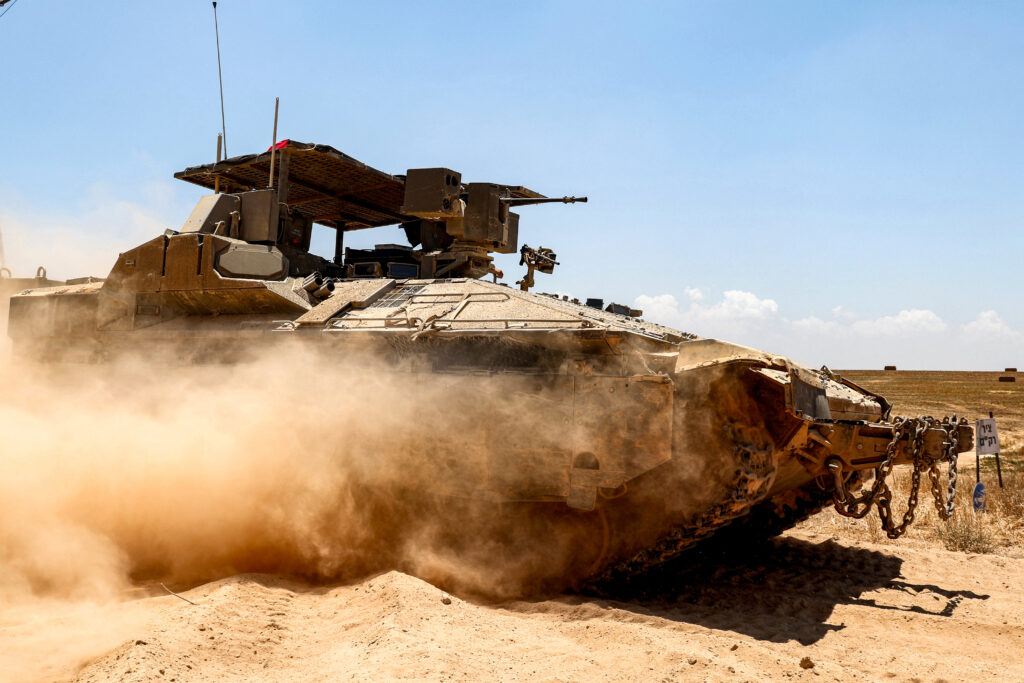A Two-Tiered Middle East: Prospects for the Asian Century
- - July 2, 2019
Contributing to Middle East Institute Publications, Dr Serkan Yolaçan says that states in the Middle East today are coming together not on the basis of shared sectarian or ideological lines. Rather, they are coalescing along two rival lines of alliance: (1) a Northern Tier that connects Iran and Turkey to Russia and Central Asia and (2) a Southern Tier that ties the Arabian Peninsula to coastal South Asia, the Horn of Africa, and the southern Mediterranean. Conflicts and rivalries in the Middle East, when seen along these two lines, reveal a clear, operative rationale capable of piercing through the smoke of burning towns and the tangled web of relations that otherwise paint an image of disorder in the region. If these two alliances solidify into blocs, will their rivalries intensify, pulling neighbouring states into proxy wars? Or will they step back to conclude that good fences make good neighbours, divide the region between them, and calm down the countries caught in between? How they handle their rivalries will have consequences for how China’s Belt and Road Intitiative may pass through or bypass them. Read his article here.
More in This Series
More in This Series
- Jean-Loup Samaan
- - July 11, 2024
- Aisha Al-Sarihi, Ehsan Rasoulinezhad, Jinseok Sung
- - June 20, 2024








